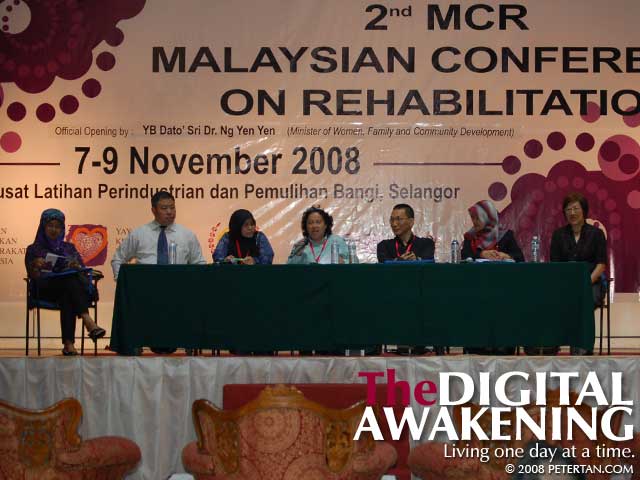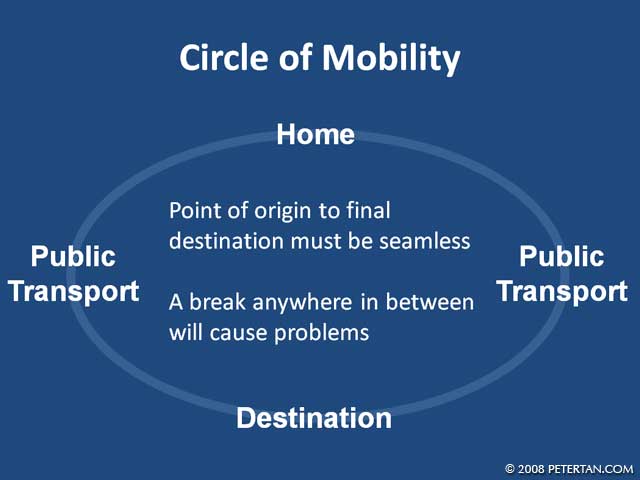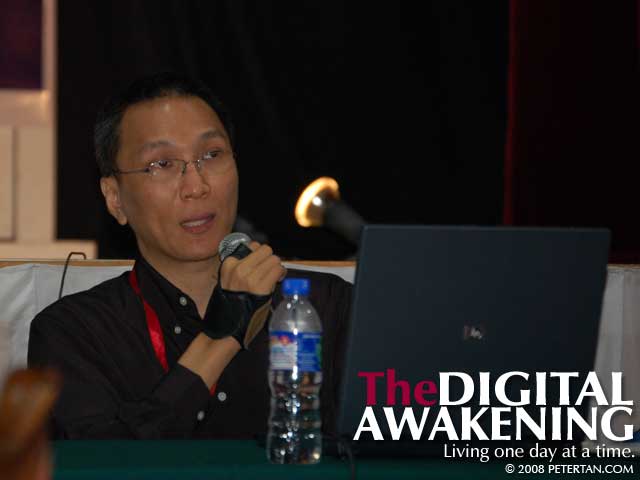After the parking incident on Sunday, I sent a love note to Juso via email. They replied a while ago to apologise for the incident and asked for my contact number. I provided my phone number and am waiting for the next response from them.
Dear Sirs/Madams,
My wife and I are regular shoppers at your stores in Taman Maluri Shopping
Centre, Mid Valley Megamall, 1 Utama Shopping Centre and sometimes at
Kinta City Shopping Centre. I am a wheelchair user and I appreciate the
fact that Jusco has taken the effort to include accessible toilets for the
convenience of shoppers like me.However, the accessible toilets at Taman Maluri and Kinta City are too
small for comfort to accomodate a wheelchair user and a personal
assistant. You should look into the dimension prescribed in the Uniform
Building By-Law 34A in Malaysian Standard MS 1184: Code of Practice on
Access for Disabled People to Public Buildings to build proper and
functional toilets that disabled people can use.The Taman Maluri store has two parking spaces for disabled people outside
the supermarket but it is mostly occupied by cars with non-disabled
drivers or passengers. This lack of enforcement by your security personnel
has rendered this parking space useless for disabled people who want to
shop at Jusco. What is the point of allocating such spaces when everyone
ignores its purpose and parks there leaving disabled drivers like me with
no place to park and get out from our cars conveniently?Please see below my account about an incident that happened on Sunday at
your Taman Maluri store car park:
http://www.petertan.com/blog/2009/01/05/inconsiderate-drivers-of-cars-wlc-
5702-and-wny- 8347/There was one time when my wife moved the wheelchair signboards at the
Taman Maluri store for me to park there only to be scolded by a very rude
security personnel who did not verify if the car had a disabled driver or
passenger. When we indicated to him that I am a disabled person, he just
walked away without assisting my wife in moving the signboard. This
incident has reflected very badly on the professionalism of your security
personnel.Moreover, the size of the accessible parking space in the multistorey car
park at Taman Maluri and outside Kinta City are of the wong size. Ideally,
accessible parking for disabled people should be 3.6m in width to allow a
wheelchair to be placed beside the car. The parking spaces at both places
are of regular size. If another car were to park too closely to our cars,
we will have problems opening the car door wide enough for us to get in.If Jusco is serious in providing the parking space for disabled people, I
suggest that the cones and wheelchair signboards be removed as this is
causing disabled drivers problems when parking. You should instead assign
a security personnel near the parking space to ensure that only cars with
disabled driver or passengers park there.I would also like to note that the Jusco stores that I frequent have
Priority Cashier Lane for disabled people, pregnant women and senior
citizens.Since its implementation until now, I have had to queue together
with other shoppers to pay. I am not complaining that I have to queue. I
am just disappointed that the signboard is there for show only as your
cashiers never bothered to give priority to the three categories of
people. In that case, I suggest that you remove that signboard since it
serves no purpose at all and make us queue like everyone else.I hope Jusco will seriously look into these problems and take the
necessary actions to rectify the problems. I am sure Jusco would like to
ensure the comfort of all shoppers including wheelchair users, senior
citizens and pregnant women who are your loyal customers.I look forward to a positive response from you.
Thank you.
Regards,
Peter Tan



